Bioinformatics
Type of resources
Available actions
Topics
Keywords
Contact for the resource
Provided by
Years
Formats
Representation types
-
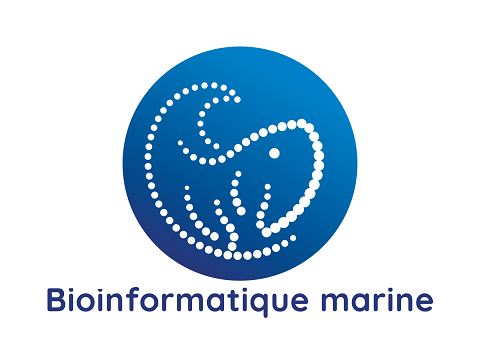
Metagenomic analysis of clams from Sanaga river in Cameroon to describe the virome
-
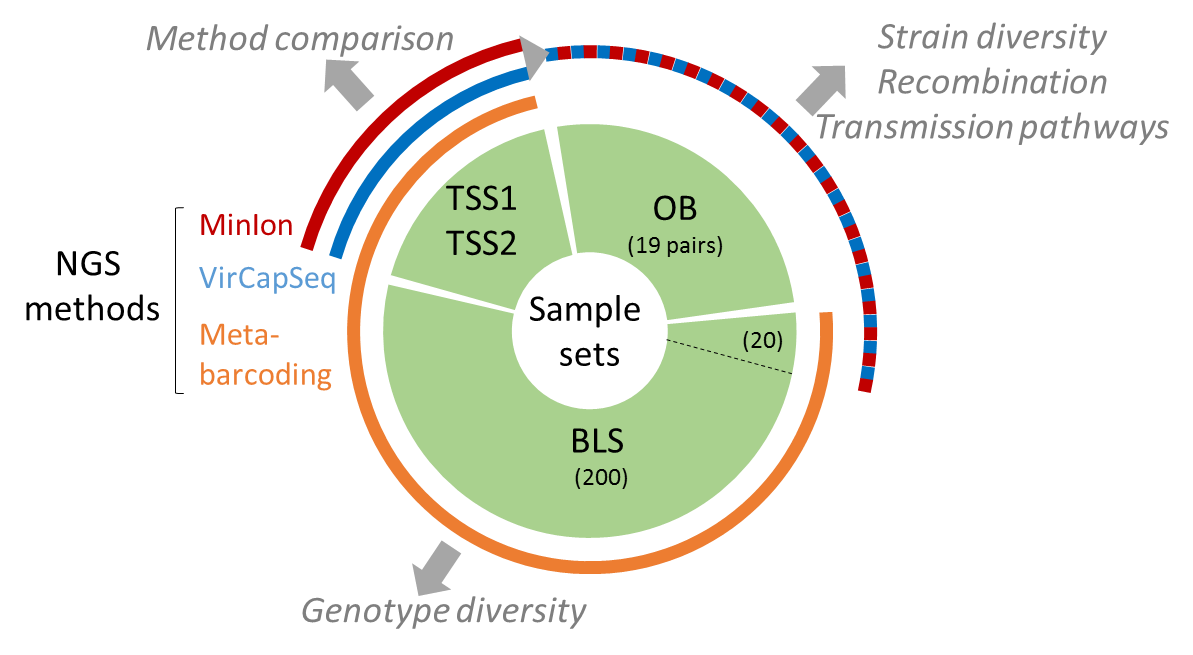
The present data set concerne metabarcoding raw reads produced using 4 different PCR targeting polymerase or capside coding region of the genoyupe I and II of norovirus. Test samples of norovirus with serial dilutions in pure water and after a bio-accumulation in oysters. Sequencing was made after VirCapSeq-VERT approach.
-

Successive infections with Vibrio harveyi were conducted in two populations of the European abalone in order to examine which genes may be involved in improved survival to the disease in the St. Malo population.
-
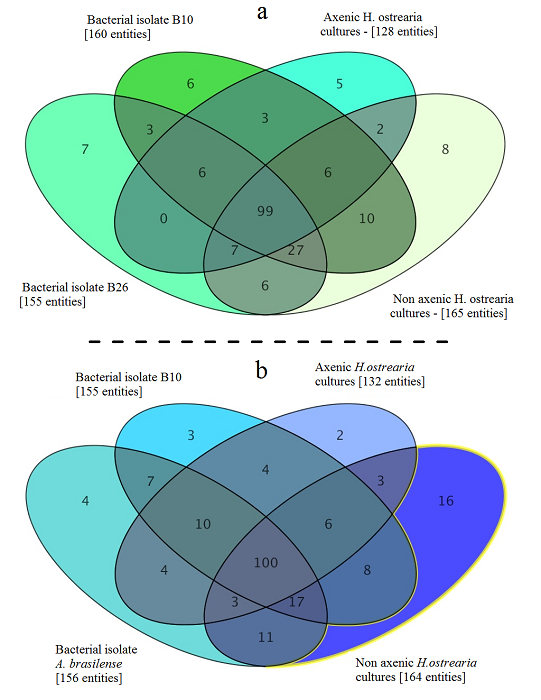
Metabolome of of the marine diatom Haslea ostrearia. Bacteria were isolated from Haslea ostrearia isolates cultivated in ES 1/3 medium in laboratory conditions over a 3-month period. These microalgal isolates were recovered from four sites on the French Atlantic coast: Bouin , La Barre-de-Monts (46.90 N; 2.11°W), Isle de Ré (46.22 N; 1.45°W), and La Tremblade (45.80 N; 1.15°W) . Data processing and statistical analysis of the metabolic profiles were performed on an LC/MS Metabolomics Discovery Workflow using Mass Profiler Professional Software and an Agilent 1290 Infinity II LC system coupled to an Agilent 6540 UHD Accurate-Mass QTOF hybrid mass spectrometer (Agilent Technologies, Waldbronn, Germany) equipped with a dual electrospray ionization (ESI) source. The full history (tools, parameters, input and output data files) is publicly available on http://dx.doi.org/10.12770/046e1e6a-864e-48a6-944b-d8613d67de0f
-

Analysis of tuna stomach contents
-

Land-sea continuum microbiome analyses in 4 coastal French sites and in oysters aimed at evaluating human impact on coastal ecosystems and new potentiel microbiological sanitary risks.
-

In the framework of the PALDIAG project, environmental DNA from seawater was gathered in 2023 in Thau and Berre lagoons and studied with a 16S marker in order to detect the Veneroidae species.
-

DNA sequencing of Crassostrea gigas Pacific oyster spat experimentally infected with OsHV-1 virus from oyster basin of Marennes-Oleron
-
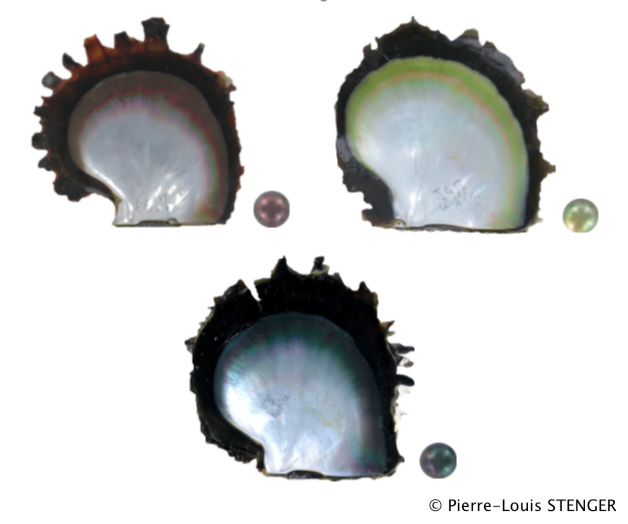
Whole genome pooled sequencing of individuals from 4 populations and 3 different color phenotype in order to uncover the genetic variants linked to color expression in the pearl oyster P. margaritifera.
-
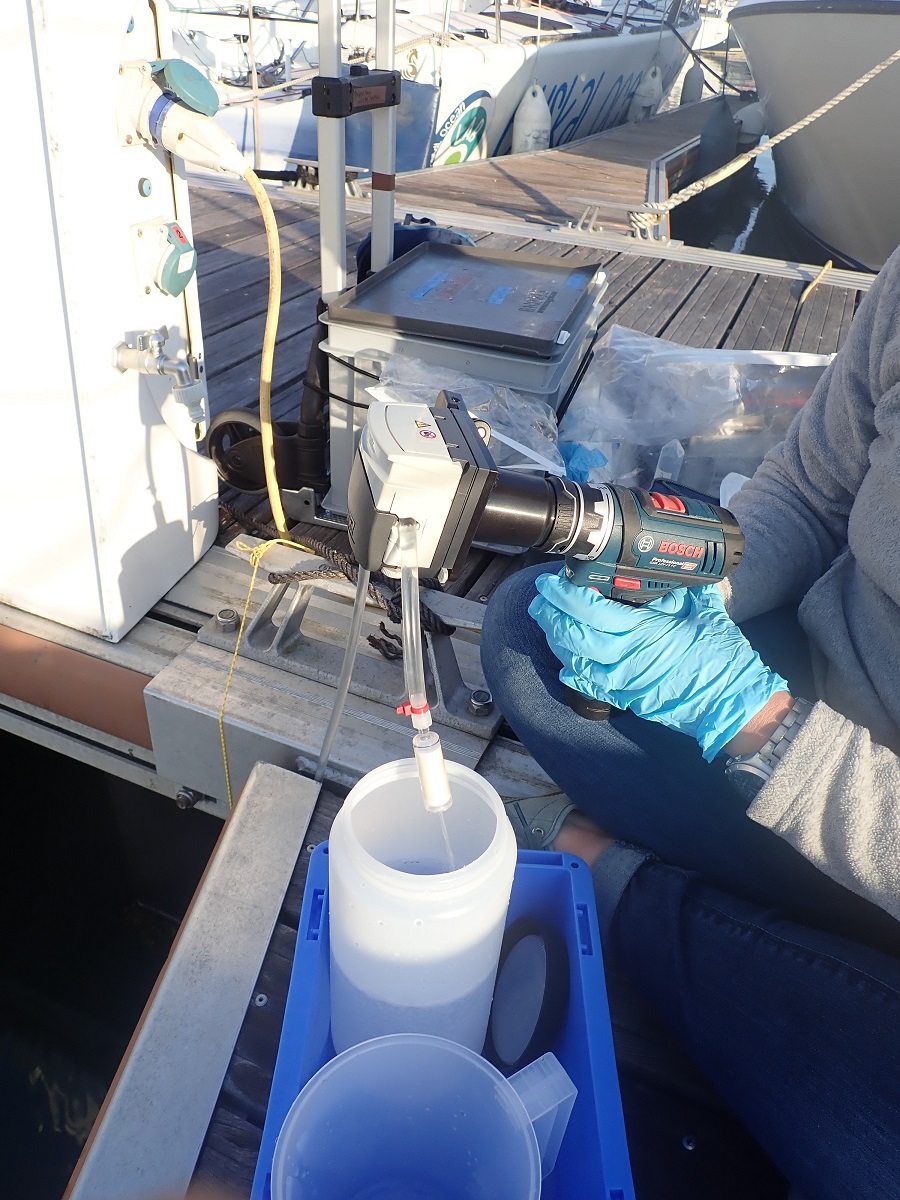
Metabarcoding data were produced based on samples gathered at Ifremer where the DNA was extracted; PCR libraries were built at Ifremer and Genseq; libraries were sequenced at Novogene. The data to download contain: 1/d emultiplexed raw data, 2/ metadata, and 3) Scripts to process data and taxonomically assign DNA sequences 4) Rmarkdown to analyze communities.
 Catalogue PIGMA
Catalogue PIGMA